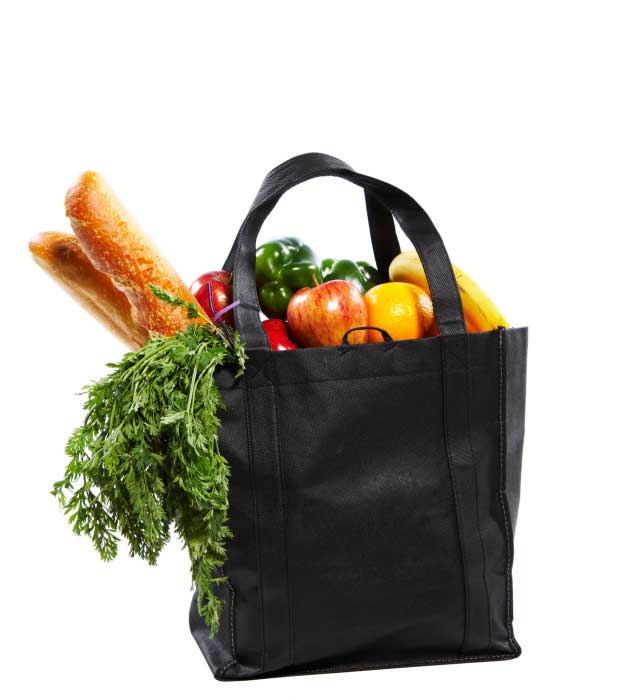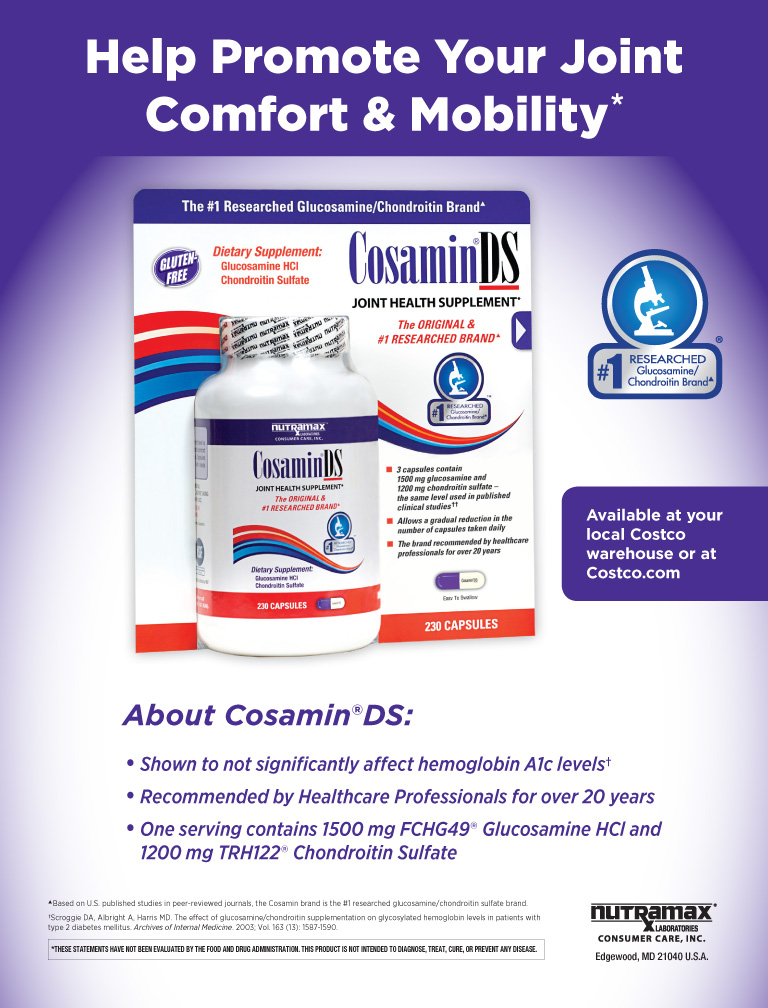Eating healthy foods is important for your diabetes control and your health. But you might feel it costs too much to eat the right foods these days. The good news is you can eat smart without breaking your budget.
BEFORE YOU SHOP
Do your homework first. Decide how much money you have to spend and how you’ll plan your meals for the week. Here are some tips to get you started:
- Map out your meals for the week. What meals will you cook at home, and how many meals, if any, will you eat away from home? Think about quick and easy ways to save money, too. For example, if you tend to grab a muffin or bagel on the way to work, enjoy a bowl of high-fiber cereal at home, or bring a whole- wheat English muffin with some peanut butter or a boiled egg to work with you. You’ll save money.
- Make your list and check it twice. Once you’ve planned your menu for the week, make your shopping list. This list will save you time and help keep you from buying items that you may not really need.
AT THE STORE
Now that you have your shopping list, it’s time to go. Use these tips to become a smart shopper:
- Buy Whole. The more “whole” foods you buy, the less room you will have in your shopping cart for processed, canned and packaged foods.
- Buy In Season. Sure, you can get blueberries and asparagus all year round, but you’ll pay a price. Careful shoppers know to buy fruits and vegetables in season.
- Skip The Bagged And Washed Produce. Pre-washed and pre-cut fruits, vegetables and salad greens do save you time. The trade-off is that they cost more and you get less for your dollar. Prep and bag your produce right when you get home from the store to make your own low-cost, ready-to-eat items.
- Buy By The Bag, Not The Piece. Another tip for saving money is to buy in bulk; that means buying a bag of oranges or potatoes instead of buying them one by one.
- Chill Out And Buy Frozen. Frozen fruits and vegetables can be just as healthy, but less costly, as fresh fruits and vegetables—as long as they’re not packed in heavy syrup, butter or cheese sauces.
- Try Store Brands. Store brands can save you lots of money over the course of the year. Costco carries the Kirkland line of high quality food products at great prices.
- Compare Costs. Read the unit price of an item on the shelf tag to help you compare costs between brands and different-sized products. The unit price tells you how much the food costs per ounce. To get the price per ounce yourself, take the price and divide it by the total number of ounces in the package.
BARGAIN FOODS
Certain foods are great for you and won’t leave a dent in your wallet. Here are some good foods to make a regular part of your eating plan:
- Brown Rice
Brown rice costs about the same as white rice, but has a lot more to offer. Two-thirds of a cup of rice (two carbohydrate choices) contains 2.5 grams of fiber, while two-thirds of a cup of white rice has less than half a gram of fiber. The fiber in brown rice may help lower cholesterol levels, too.
- Canned Fish
Fatty fish is great for heart health. But fresh fish can cost a lot. Luckily, canned chunk light tuna also contains heart-healthy omega-3 fatty acids, is lower in mercury than canned albacore tuna and costs less, too. Also, try canned salmon and sardines. Buy canned fish packed in water, not oil, to keep the calories low and prevent a large amount of the fish’s omega-3 fatty acids from going down the drain. Canned fish works well in sandwiches, salads and casseroles.
- Dried Beans,
Peas and Lentils
Some of the cheapest (yet healthiest) foods around, dried beans and lentils (often called legumes) are rich in fiber, protein, vitamins and minerals and are low on fat. There are so many types to choose from, too: black beans, pinto beans, kidney beans, chick peas, yellow peas and lentils are just a few you can try.
- Sweet Potatoes
Sweet potatoes aren’t just for the holidays. Have a sweet potato instead of your usual white potato. They are a great source of beta carotene, vitamin C and fiber.


